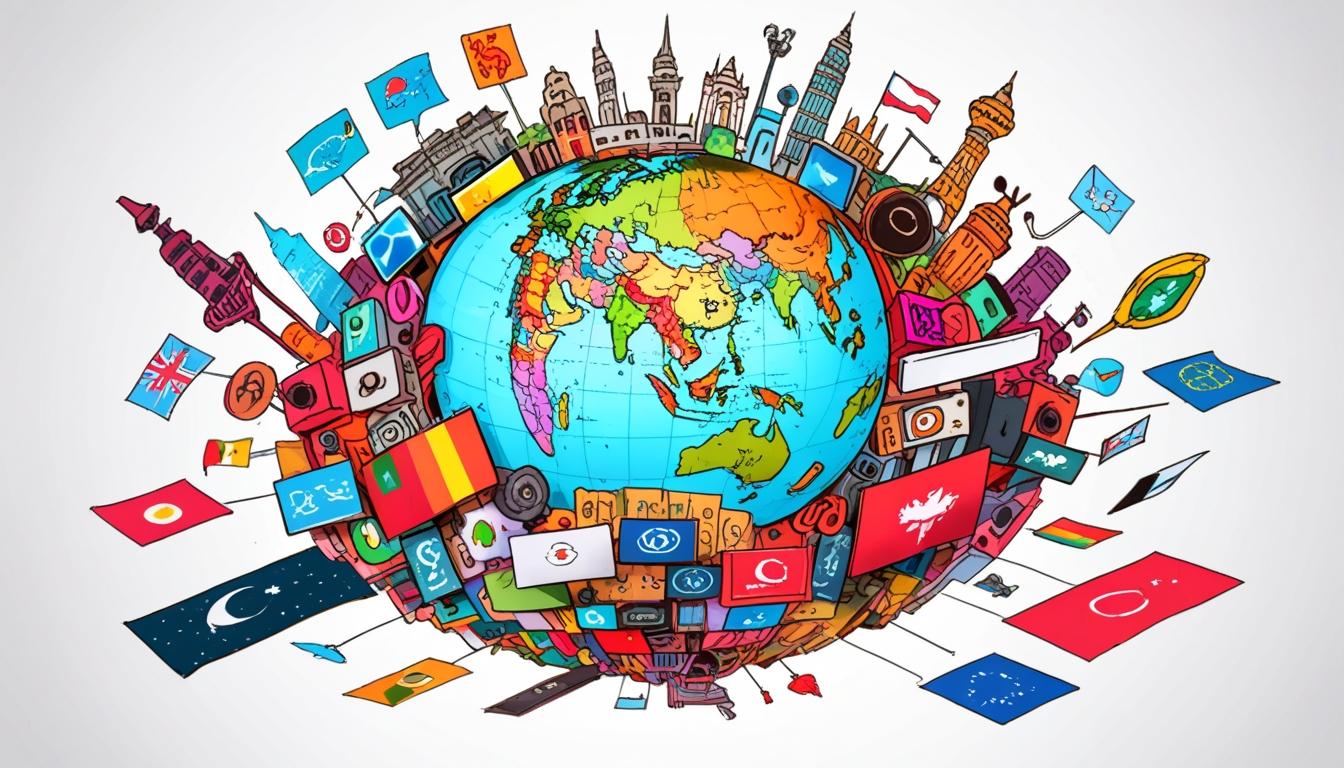The evolution of OTT (Over-The-Top) services has transformed media consumption, beginning in the early 2000s with platforms initially offering reruns and niche programming. The development of streaming technology, improved internet speeds, and increased broadband availability enabled OTT platforms to expand their content to include original series, live broadcasts, and exclusive sports and entertainment coverage. These changes have reshaped the media landscape globally.
Netflix and Amazon Prime Video capitalised on this transformation early by heavily investing in original content and multiple language options to attract diverse subscribers. The rise of smart TVs and streaming devices such as Roku, Chromecast, and Apple TV also contributed to the rapid adoption of OTT services. Traditionally, the South Asian diaspora relied on cable and satellite services to access content from the Indian subcontinent. However, as major international streaming platforms incorporated South Asian programming, audiences began migrating to these global services. The relative absence of robust OTT platforms from the Indian subcontinent in international markets has created a gap exploited by global players and, in some cases, encouraged piracy due to unavailability.
Despite increased demand for South Asian content, OTT platforms from the subcontinent have struggled to establish a firm presence in Western markets such as the UK and the U.S. Indian apps have entered these markets but have experienced inconsistent availability and limited success. For example, Hotstar initially launched in the U.S. but later withdrew, folding some of its content into Hulu and Disney offerings. Similarly, Voot’s attempts to expand into the UK and U.S. markets were short-lived and did not seamlessly transition to its successor, JioCinema (now rebranded as JioStar). SonyLIV continues to operate internationally but has yet to achieve significant market penetration. Meanwhile, ZEE5 Global is accessible in most markets but remains relatively underwhelming in terms of subscriber growth and influence.
This fragmented expansion strategy has diluted the potential market share of South Asian OTT platforms. While global audiences have embraced subscription streaming, South Asian networks have not fully capitalised on this opportunity, allowing mainstream global platforms to dominate the space. Pricing also poses a challenge, with the combined cost of subscribing to ZEE5 (£6.99), SonyLIV (£3.00), and Hotstar (£5.99) amounting to approximately £16 per month. This figure surpasses the price of comprehensive packages available via UK providers like Sky or Virgin Media, where customers can access South Asian channels alongside popular global services such as Netflix and Discovery+ for £12-£15—often lower when discounts apply. The limited volume of fresh daily Hindi content and lack of live TV streaming further weakens the competitive positioning of South Asian OTT offerings.
At the recent Connected TV World Summit (CTWS), Ampere Analysis emphasised the importance of bundling to improve subscriber retention amid rising churn rates. In the UK and U.S., demand for ad-supported subscription video-on-demand (SVoD) tiers is growing, appealing particularly to price-sensitive consumers and enabling audiences to subscribe to multiple services without cancelling others. YuppTV made attempts at bundling by pairing SonyLIV with live South Asian channels, hoping to attract a broader consumer base. However, this strategy has had limited success owing to the exclusion of all major South Asian OTT platforms from the bundle and weak marketing efforts that restrict uptake.
For South Asian OTT platforms to secure a meaningful foothold in Western markets, significant strategic shifts are required. Business approaches that could enhance competitiveness include stronger bundling strategies, involving partnerships with global streaming aggregators to reduce costs and increase accessibility. Expanding exclusive and original content, especially programming tailored to diaspora audiences including local productions catering to younger viewers, is crucial. Moreover, enhanced marketing and distribution efforts, including a greater physical presence on the ground, would strengthen brand recognition and subscriber acquisition. Additionally, launching ad-supported subscription tiers could attract a wider user base by offering more affordable access.
The BizAsiaLive is reporting that until these challenges are addressed, South Asian OTT services are likely to remain on the periphery of the global streaming market. In the meantime, many members of the diaspora will continue to rely on global streaming giants or alternative means such as piracy to access preferred content. The market and revenue potential for South Asian OTT platforms exists, but successful execution in these critical areas will be key to their future growth and sustainability.
Source: Noah Wire Services
